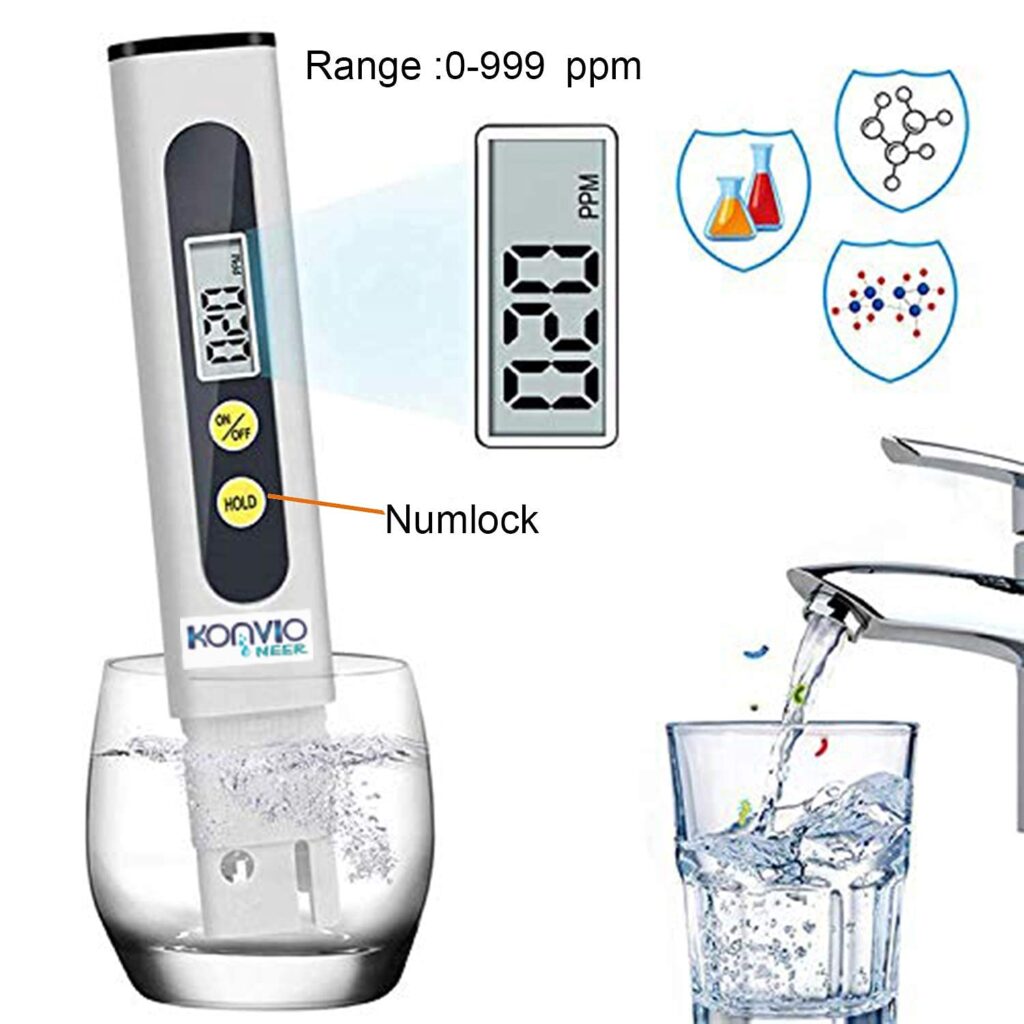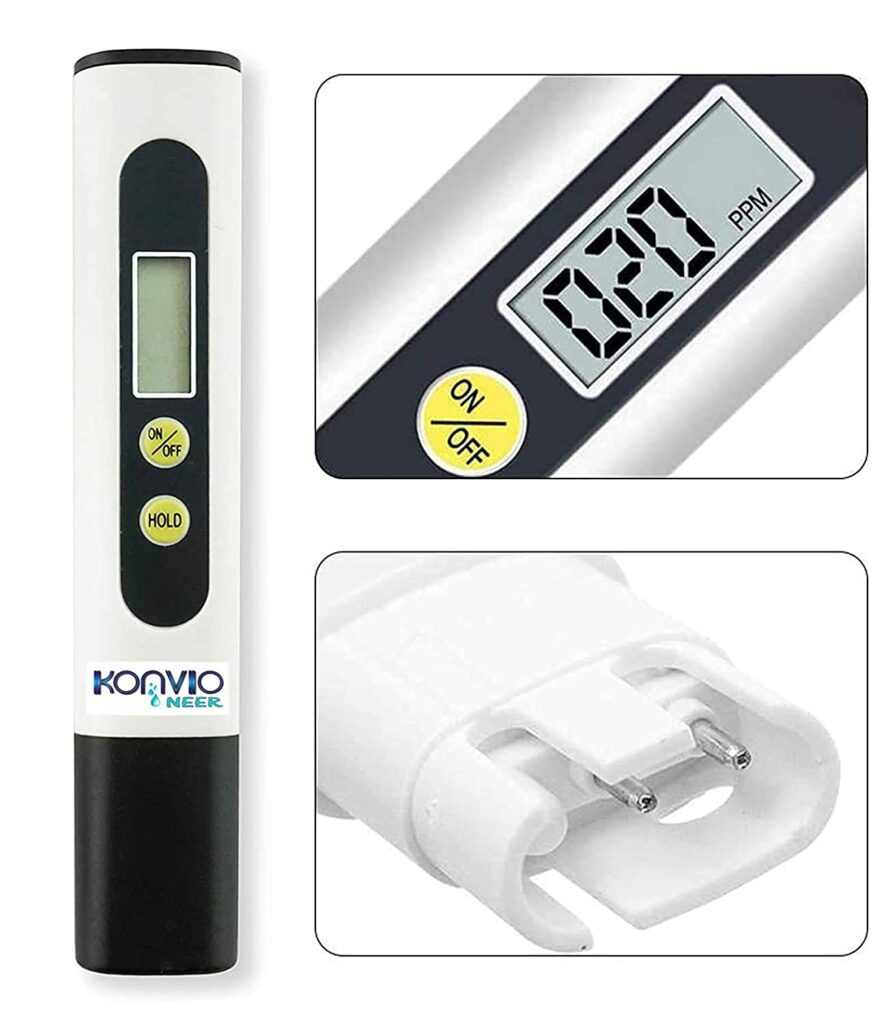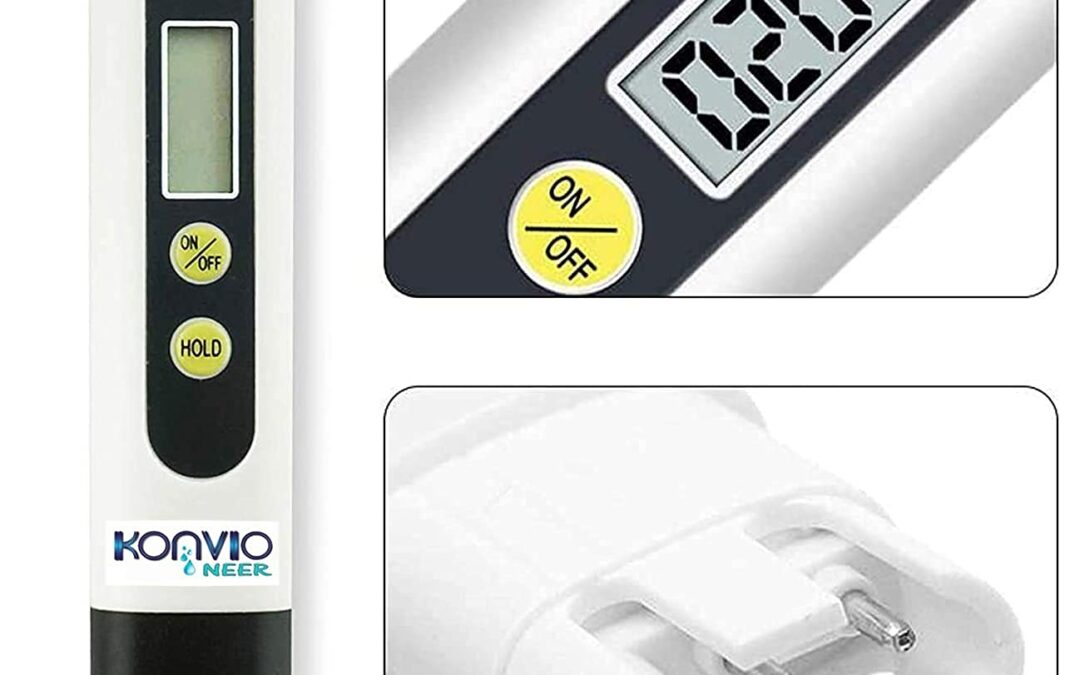In our quest for clean and safe drinking water, understanding the Total Dissolved Solids (TDS) meter is crucial. Water quality is paramount for our health, and TDS meter serves as an indispensable tool in assessing it. In this comprehensive guide, we delve into what TDS is, its significance, how to use a TDS meter effectively, and much more.
What is TDS?
TDS stands for Total Dissolved Solids. It represents the combined content of all inorganic and organic substances contained in water in molecular, ionized, or micro-granular suspended form. These substances could include minerals, salts, metals, cations, and anions. TDS is commonly expressed in milligrams per liter (mg/L) or parts per million (ppm).
Significance of TDS
TDS in water can affect its taste, odor, and overall quality. While some dissolved solids are beneficial and essential for human health, excessively high TDS levels can indicate contamination or poor water quality. Understanding TDS levels helps in determining the suitability of water for various purposes, including drinking, agriculture, and industrial use.
Below is a table illustrating TDS levels and their corresponding water quality classifications:
| TDS Level (ppm) | Water Quality Classification | Description |
|---|---|---|
| Below 300 | Excellent | Water contains essential minerals and salts, suitable for drinking and other purposes. |
| 300 – 600 | Good | Water quality is acceptable for consumption, may have slightly elevated mineral content. |
| 600 – 900 | Fair | Water may have a noticeable taste due to moderate mineral content. May require filtration for improved taste. |
| 900 – 1200 | Poor | Water quality is deteriorating, may taste slightly salty or bitter. Consider using a water filter or treatment. |
| Above 1200 | Bad | Water quality is unsatisfactory, high TDS levels indicate contamination or excessive mineral content. Not suitable for drinking without extensive treatment. |
These classifications are general guidelines, and actual water quality may vary based on regional factors and specific water sources. It’s essential to perform regular testing and consult local authorities for comprehensive water quality assessments.
How to use TDS meter?
Using a TDS meter is simple and straightforward. Follow these steps for accurate readings:
- Calibration: Before using the TDS meter for the first time or after prolonged storage, it’s essential to calibrate it according to the manufacturer’s instructions.
- Prepare the Sample: Fill a clean container with the water sample you wish to test. Ensure that the sample is at room temperature for accurate results.
- Turn on the Meter: Switch on the TDS meter and wait for it to stabilize. Some models may require a few seconds to calibrate.
- Immerse the Probe: Submerge the probe of the TDS meter into the water sample. Ensure that the electrodes are fully submerged and not touching the container’s walls or bottom.
- Wait for Reading: Allow the TDS meter to stabilize and display the TDS reading on the screen. This typically takes a few seconds.
- Record the Reading: Once the reading stabilizes, take note of the TDS value displayed on the screen. This value represents the total dissolved solids in the water sample.
- Rinse and Store: After use, rinse the probe with clean water and dry it thoroughly. Store the TDS meter in a dry and cool place.
| TDS Range (ppm) | Classification | Description |
|---|---|---|
| 0 – 300 | Normal | Water is within acceptable limits for drinking. Contains essential minerals and salts, contributing to taste and health benefits. |
| Above 1000 | Abnormal | Indicates poor water quality. High TDS levels can result from various contaminants, including industrial waste, agricultural runoff, or excessive mineral content. Not suitable for drinking without treatment. |
These ranges serve as general guidelines for assessing water quality based on TDS levels. It’s crucial to conduct regular testing and consult local authorities for accurate water quality evaluations.


Best TDS meter for drinking water
FAQs (Frequently Asked Questions)
Q: What is the full form of TDS meter?
A: TDS stands for Total Dissolved Solids. A TDS meter is a device used to measure the total dissolved solids in water.
Q: What is the best TDS meter for drinking water?
A: The market offers various TDS meters suitable for different needs. Factors such as accuracy, ease of use, and durability should be considered when choosing the best TDS meter for drinking water.
Q: How often should I calibrate my TDS meter?
A: It’s recommended to calibrate your TDS meter periodically, especially if it has been stored for an extended period or if you notice discrepancies in readings. Follow the manufacturer’s guidelines for calibration frequency.
Conclusion
Understanding TDS and using a TDS meter is essential for ensuring the quality of our drinking water. By monitoring TDS levels, we can make informed decisions about water consumption and take necessary steps to maintain water quality. Invest in a reliable TDS meter like the Konvio Neer Imported TDS Meter to safeguard your health and well-being.
Stay informed, stay healthy!
My Need Finder
tds meter, tds meter price, water tds meter, tds meter full form, tds meter reading, best tds meter for drinking water, how to use tds meter, what is tds meter

